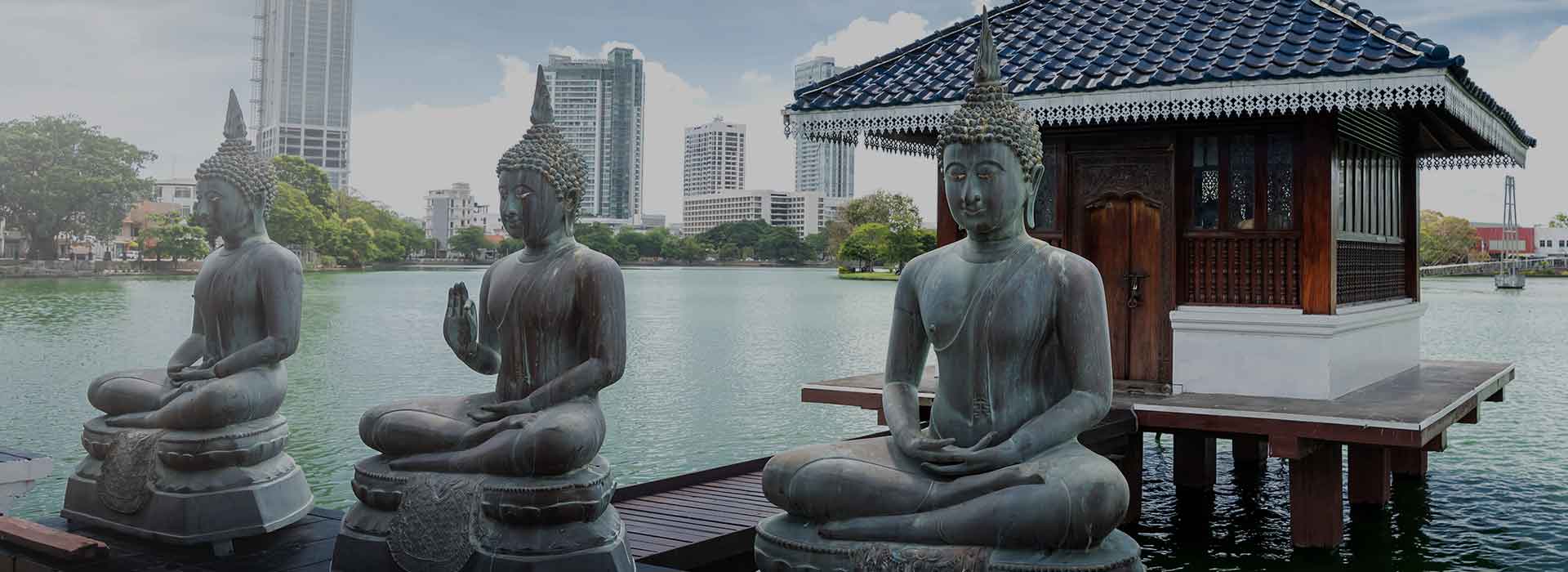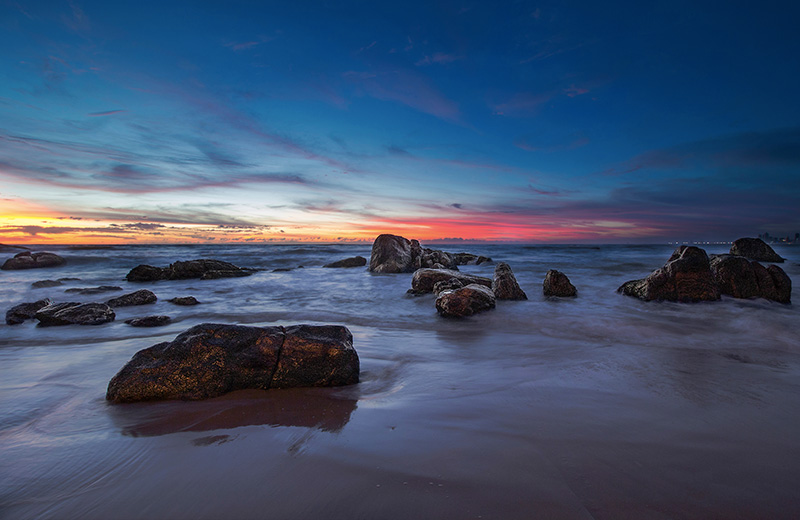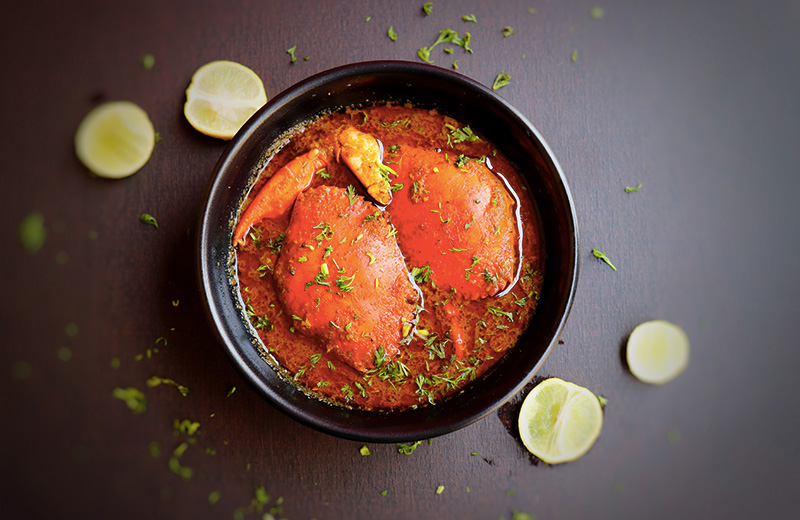Exploring Sri Lanka’s Religious Places of Worship
Sri Lanka is home to many different groups of people, and amongst them, there are four main religions being practiced. Every custom and religion in Sri Lanka has contributed towards building a diverse nation.
Along with the rich culture and tradition in the country comes fascinating architecture. Below are a few astonishing places of worship and of religious significance that you should definitely visit when in Sri Lanka.
1. Nallur Kandaswamy Kovil, Jaffna
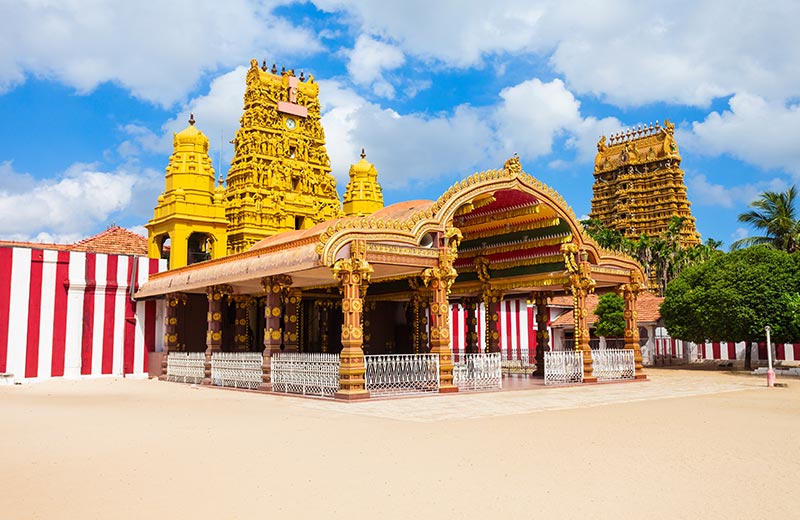
The Nallur Kandaswamy Kovil was built in the 15th century and is one of the most prominent kovils in the country. The hues of red and gold that highlight the Dravidian architecture of the temple make it stand out in its sunny, dry locale. Entering the kovil requires the visitor to adhere to a certain dress code. Men must wear long pants or a dhoti (similar to a long sarong) and the upper body must be bare. Women are required to don something long up to their ankles, and tank tops are prohibited. Footwear must be removed and feet must be cleansed before entering. The grand arching entrance supported by golden pillars is almost haunting, and the main hall is a high, spacious area. The central shrine (mulasthanam) houses many major deities, and the kovil’s presiding deity is Lord Murugan (the god of love, beauty and war).
2. Gangaramaya Temple, Colombo 2
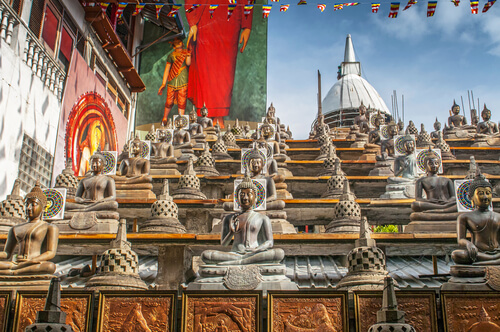
The Gangaramaya Temple is one of the oldest and grandest temples in Colombo, built by Ven. Hikkaduwe Sri Sumangala Nayaka Thero in the 19th century. One of the key attractions of this temple is the Navam Perahera, a cultural procession characterised by fire dancers, elephants, fireworks, and traditional musical instruments like flutes and drums. The temple itself is a combination of a museum and a place of worship. Strewn across the expansive corridors are objects related to Buddhist and Hindu lore. Many of these are quite ancient, some even dating over a 1,000 years, whereas others are donations from devout followers. People of all faiths are welcome to visit the temple and explore as it has a very open policy, but clothing must be respectful and shoes need to be removed at the entrance.
3. Jami-Ul-Alfar Mosque, Pettah
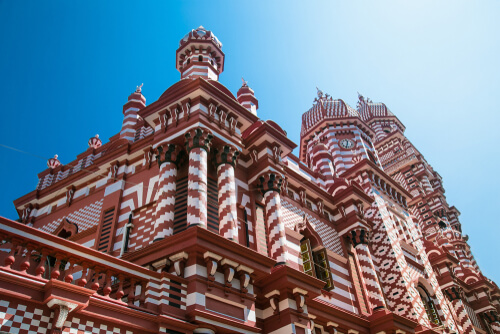
Opened in 1909, the Jami-Ul-Alfar Mosque (also known as the Red Mosque) is a fascinating structure. With its minarets and columns resembling candy canes, and its walls decorated in swirling red and white, it stands out quite boldly amidst the crowded streets of Pettah, a commercial hub in Colombo. It’s interesting to notice that the traditional onion-shaped domes are not present here. The Mughal-Gothic-esque architecture deviates to incorporate the pomegranate-shaped domes instead. Tourists are welcome to tour the mosque as long as they cover themselves in a way that adheres to religious customs. This includes covering the head, legs and arms before entering. The mosque is closed off for visitors during peak prayer times (which take place five times a day), so you’d have to plan your visit accordingly.
4. National Basilica of Our Lady of Lanka, Ragama
The Basilica of Our Lady of Lanka, consecrated in 1974, is a Roman Catholic church in Tewatte, Ragama. It houses the statue of Our Lady of Lanka and thousands of Catholics visit it throughout the year on pilgrimage.
When it was started in 1911, it was a small chapel dedicated to Our Lady of Lourdes. Expansion began in the 1930s as it became increasingly popular among locals. It was on 6th February 1974 that it became the National Basilica of Sri Lanka. Interestingly, the Basilica’s architecture comprises both traditional and Sri Lankan influences. At the entrance, six pillars (representing the Sri Lankan dioceses that existed during World War II) support an arching dome within which, amidst the glassy center, is a cross with a bronze figure of Christ.
The apse is perhaps one of its most fascinating features. Centered on a snowy mountain is the figure of Our Lady of Lanka, and the bright blue backdrop adds a mystical touch to the Basilica. The open floors with a lack of pews only heightens the majesty of the structure.
